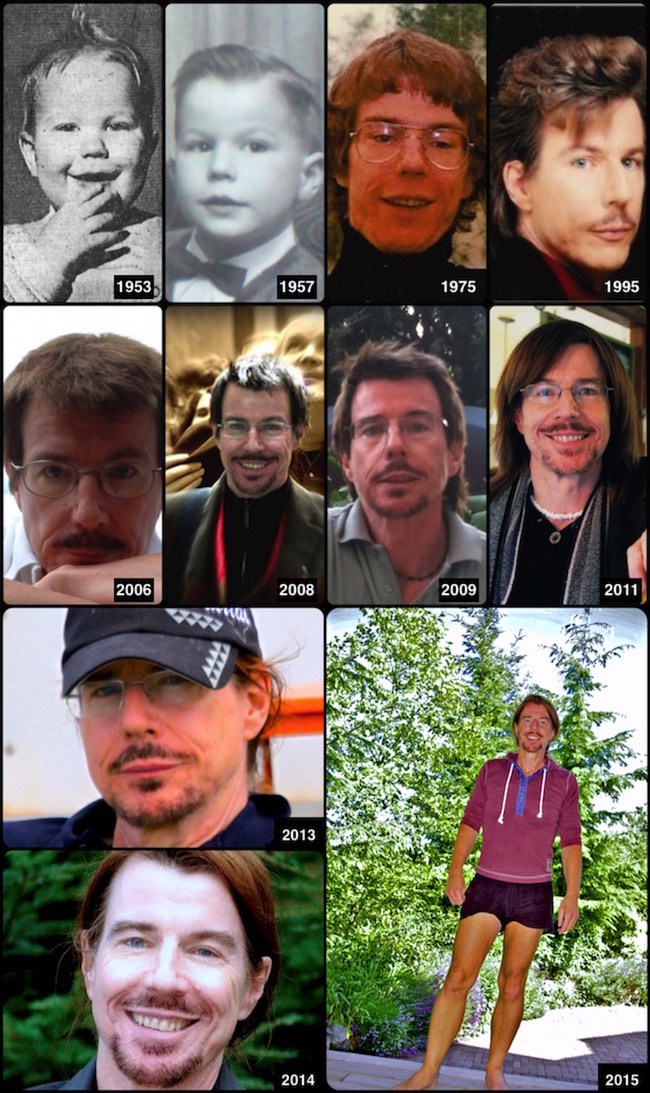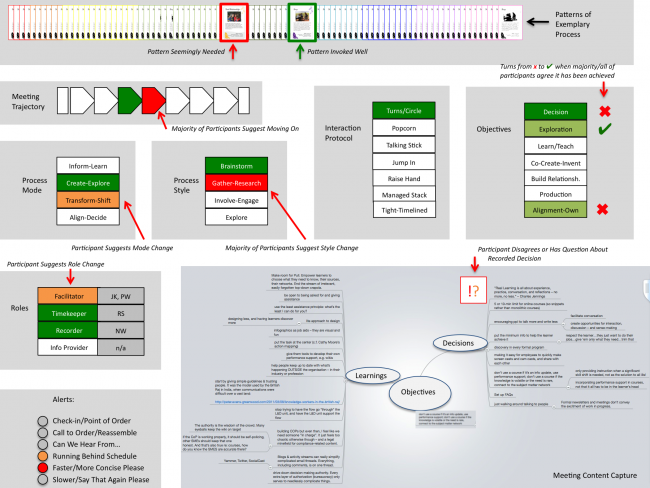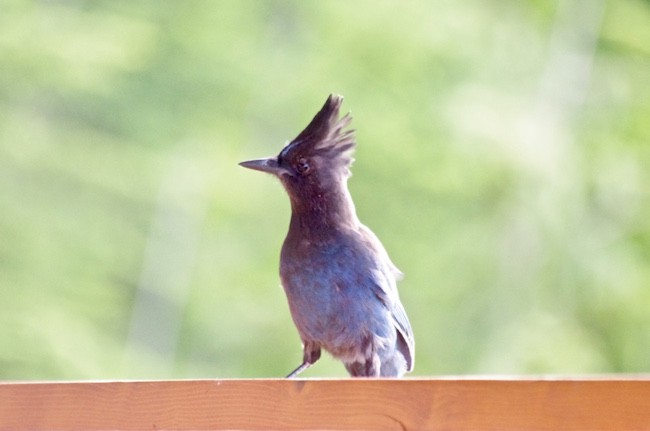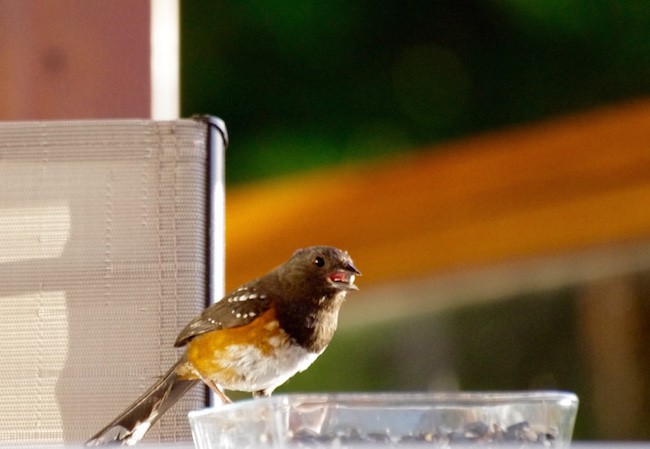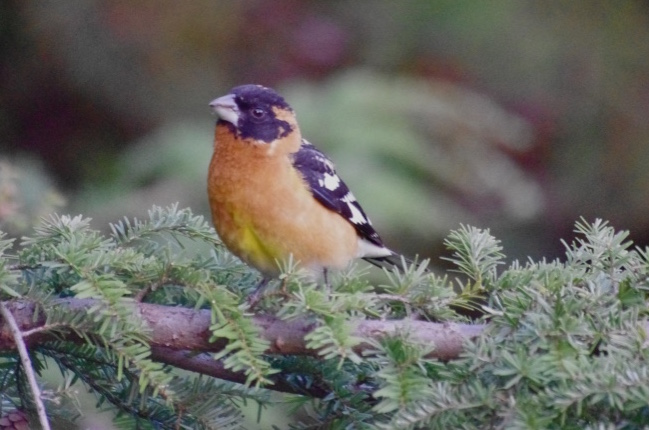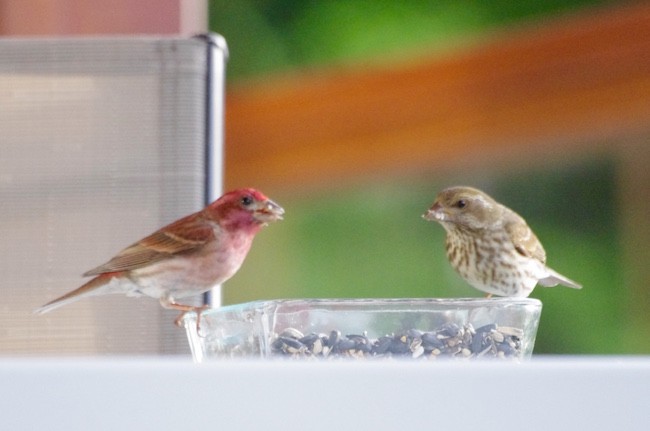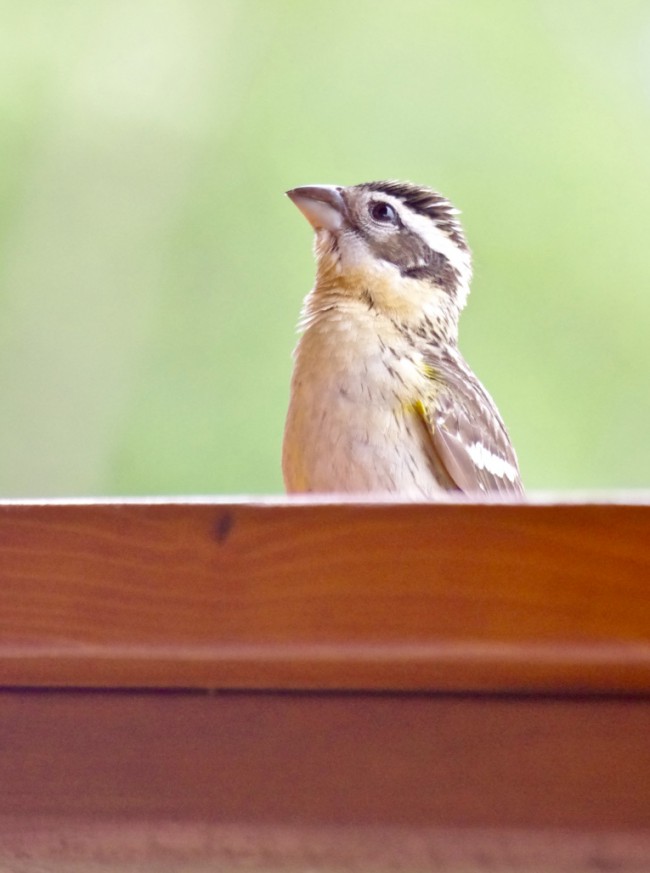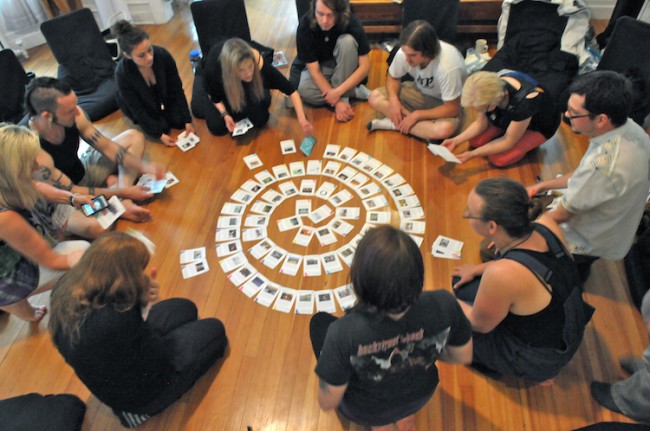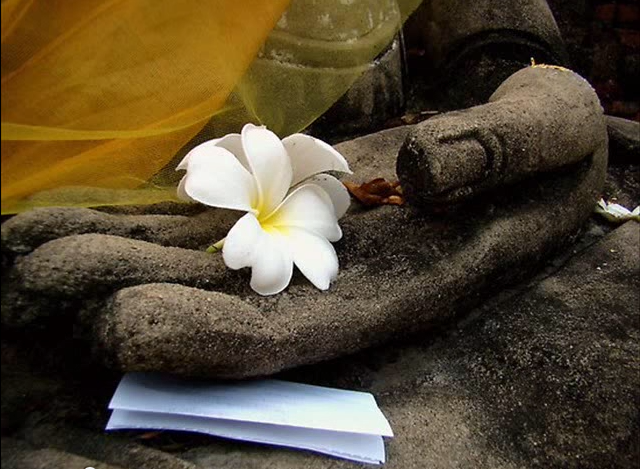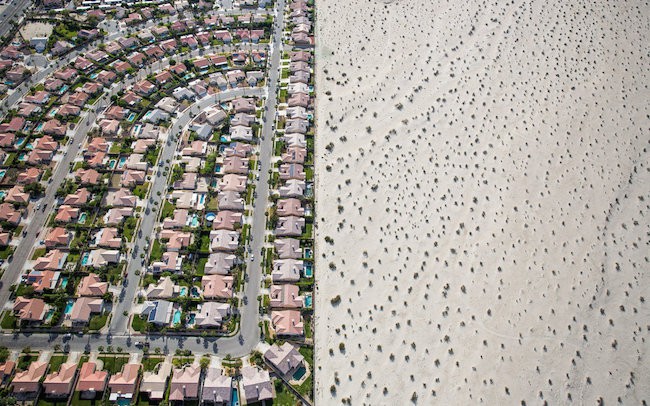
subdivision in Cathedral City CA, built (as you can see) in the desert; photo by Damon Winter in the NYT
So, here’s the thing:
- All “growth” in the economy, for at least the past half century, has come from producing and consuming more (mostly oil-based) energy, in total and per capita. All of it. Without finding and burning more and more hydrocarbons at an ever-faster rate all over the globe, there would be no “growth”. The belief that growth comes from “innovation” is simply wrong.
- The industrial economy is absolutely dependent upon “growth”. All investment markets are based on the presumption that profits will grow at a rate much faster than inflation. No growth, no incentive for investment. Without the presumption of perpetual growth, stock markets would collapse, and with them housing markets, currencies and the rest of the economy. That’s why this economy is so insane.
- Since the 1980s, it has become all-important for governments to perpetuate the myth that there is and will continue to be “growth”, and that the population as a whole benefits from it. Nothing could be farther from the truth. Actual inflation rates, using un-manipulated data, have been hovering near 10% for years, not near-zero as reported. Actual unemployment rates are near 25% even in the most prosperous countries. Actual GDP “growth”, adjusted for real inflation, has therefore been negative for decades. On a per-capita basis, very negative. Highly positive for the 1% mind you, but very negative for everyone else. By loaning ever-increasing amounts of money to people at artificially depressed rates (rather than the double-digit rates called for by real inflation), the average taxpayer has the illusion of becoming more wealthy, since assets are rising (though debts are rising faster). Net worth in real terms for all but the super-rich has been and continues to be in free-fall, and for most is now less than zero.
- There is no longer any pretence by any government or large organization that the staggering debts they have accumulated will ever be repaid. As debts become due, they are simply rolled over to new debt issues with large new borrowings added on. And the banks create new debt every time they print more money or loan or invest. This can only continue with the assumption of perpetual and accelerating growth, and the assumption that interest rates can be kept far below real inflation rates through the complicity of banks, governments, corporations, media and regulators, indefinitely. Both assumptions are preposterous.
- So the global economy now teeters on the edge, supported by two massive lies: That the economy is actually growing and can continue to do so forever, despite the finiteness and growing extraction cost of the oil upon which it absolutely and utterly depends; and that the mind-boggling and accelerating levels of debt that have been racked up are sustainable indefinitely — that people (mostly unwitting taxpayers) will continue to loan and invest money in a globally bankrupt economy in the expectation that future generations will somehow come up with some miracle to enable its repayment and some other miracle to enable growth to continue forever. As soon as those holding these debts lose faith that these miracles will inevitably occur, the economy is toast. Stocks, investments, houses and currencies will plummet to near-zero levels, oil-fueled production will grind to a halt, assets will be liquidated to repay debts, trade will evaporate, and the longest and deepest depression in human history will begin. For most it has already begun.
This is why, considering the alternative “first collapse” scenarios of energy/resource exhaustion and runaway climate change, my bet is still on economic collapse as the first domino in the series that will herald the end of our civilization. I would be surprised if it is more than 20 years before this first domino falls. Extreme weather events and climate change will then just add another level of immiseration to an already desperate situation, as it will take out human-built infrastructure and essential resources (food, water, forests, and the means to keep temperatures within human livable limits) far faster than any human effort could hope to recover from, even with a healthy economy. Then we will see a Great Migration of humans, similar to what occurred during the last Ice Age, except instead of a few million people in motion, it will be a few billion.
It is both too early and too late to do much about this at the community level (all bets are off about what political and social systems will survive even early stages of collapse, and where), but a personal program of self-learning, self-healing, appreciation and self-liberation is always and especially timely when we cannot know what we will have to face. The work, as always, begins within.
My friend Bodhi Paul Chefurka writes:
Now That I Know…
I will live the rest of my time here as mindfully and lovingly as I can.
I will never stop learning – about the world, about other people and about myself.
I will strive to be compassionate to all beings – especially to those people who are still asleep.
I will treat all hardships as opportunities.
I will cause as little harm as I can manage.
I will have compassion for myself over any harm I inflict because I cannot avoid it.
I will express gratitude for the incredible good fortune I have experienced simply by being conscious and self-aware at this moment in history.
I will discard all blame, anger, guilt and shame – these emotions are obstacles to growth.
I will forgive us all for being the flawed miracles that we are.
~~~~~
PREPARING FOR CIVILIZATION’S END
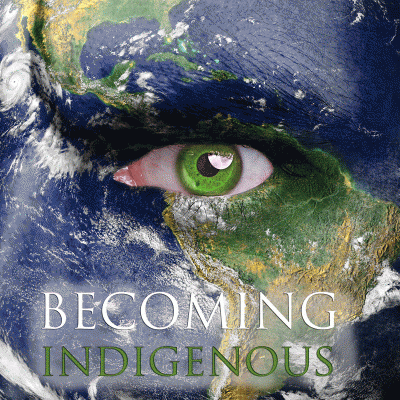
poster for a course by Schumacher College
This Is The Way the World Ends: Oxford researchers list the 12 most likely “first dominos” to fall as our civilization falls. They have economic collapse at #8. Close but no cigar. The rest of the list is interesting, with most of the crises on the list actually being consequences of the “3 Es”: economic, energy or ecological collapse. On the other hand, Jordan Greenhall has the order about right. So does Tom Lewis in his renewed alarm over peak oil. Thanks to the NTHELove group for the Oxford link, Jon Husband and others for the link to Jordan’s post, and Tim Bennett for the Tom Lewis link.
Long Past the Point of No Return: Ex-Grist reporter David Roberts, back from hiatus, explains why it’s now impossible to limit average global warming to 2C. Or 4C for that matter. And why climate scientists won’t admit that, in public.
Extinct: Dmitry Orlov weighs in on the probabilities of NTHE (near-term human extinction), and lays out several likely scenarios for civilization’s collapse (but not humanity’s extinction). He also seems to think a Great Migration is in the cards.
Debate: Collapse vs Transition: David Holmgren, Nicole Foss and some less cogent debaters square off in an essential but ultimately unsatisfying debate on whether and/or how to prepare for civilization’s collapse. Thanks to Kari McGregor at SHIFT for the link.
Change They Don’t Believe In: James Kunstler explains why political change is not in the air in the US despite the increasingly desperate situation there:
The American thinking classes are lost in raptures of techno-wishfulness. They can imagine the glory of watching Fast and Furious 7 on a phone in a self-driving electric car, but they can’t imagine rebuilt local economies where citizens get to play both an economic and social role in their communities. They can trumpet the bionic engineering of artificial hamburger meat, but not careful, small-scale farming in which many hands can find work and meaning.
As Night Closes In: John Michael Greer writes about the late William Catton, author of Overshoot and one of the first to warn about industrial civilization’s unsustainability. “When I spoke to him in 2011, he was perfectly aware that his life’s work had done essentially nothing to turn industrial society aside from its rush toward the abyss.”
Megadrought Coming: A NASA/Cornell/Columbia research study shows the intensity and longevity of the current drought in most of the plains and the west of North America. If you live there, you should seriously think about moving. Thanks to Sam Rose for the link. And check out these amazing photos of the folly of urbanization of areas that must import their water.
Ships Going Nowhere: The Baltic Dry Index, showing relative demand for the use of ocean-going cargo vessels, is at its lowest level ever, despite the plunging price of oil. What recession? Thanks to Seb Paquet for the link.
~~~~~
LIVING BETTER
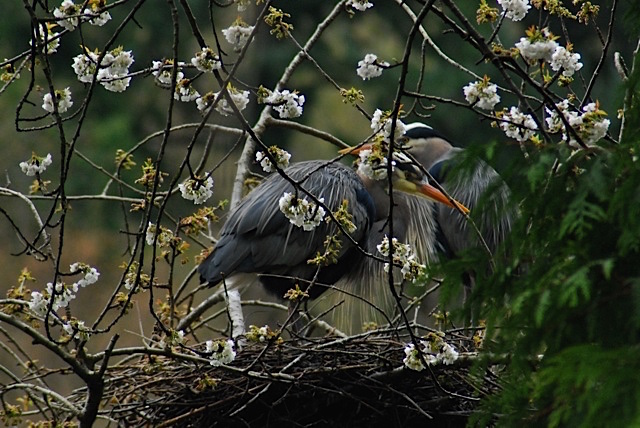
photo by a Bowen Nature Club member of a heron’s nest, taken last month
The Importance of Tribal Parenting: What differentiates undamaged indigenous cultures from modern industrial civilization culture comes down to one essential thing: how adults parent their children. If we could relearn their way of parenting, we might be much more resilient and much better prepared for crises and collapse, and so would our children. Thanks to Dark Mountain for the link.
The Virtue of Slacking Off: Working too hard creates a “scarcity mindset” that renders us insensitive, over-reactive and dysfunctional, say the authors of a new book, Scarcity. The answer is to add slack to your routine, as hard and counterintuitive as that may be. Thanks to Tree for the link.
Timothy Was Right: The New Yorker explains how psychedelics are returning to respectability as a treatment for many emotional diseases, including Civilization Disease.
Sharing Economy Corner: A pizza place lets you give pizza slices to the homeless.
~~~~~
POLITICS AND ECONOMICS AS USUAL

New Yorker cartoon by Jacob Samuel
The Great Natural Supplements Scam: Think you’re using gingko, echinacea, St. John’s wort, saw palmetto, valerian, ginseng, or other herbal supplements to improve your nutritional health? Most likely you’re getting none of these, just cheap fillers, some of them possibly dangerous. Welcome to the world of unregulated “free” markets.
The Police Shooting You Didn’t Hear About: The Fairfax VA police murder of John Geer happened before the current spate and increased awareness of the endemic fear, contempt and violence of our militarized police. It’s the scariest of all.
The Free Speech Crisis: Why self-censorship is more dangerous to democracy and freedoms than imposed censorship.
America’s Subversive War on Arab Peoples and Putin’s Russia: It’s all about money, oil and power, reveals Julian Assange. It has nothing to do with democracy or civil rights. If you don’t believe Julian, you might find Dexter Filkins and Sy Hersh more credible. And the growing xenophobia in Europe isn’t helping matters. Thanks to Sam Rose for the links.
The Decline of Vancouver: Despite its superficial affluence, Vancouver, the city my island is technically a suburb of, is in the late stages of decline. It produces less and less, other than monster homes and extravagant condos. Young people are leaving in droves. Only millionaires can afford to live there. Whole streets of homes are empty, as the city becomes one of the world’s Hedge Cities, where the world’s ultra-rich, many of them criminals, park their money in real estate, convinced that even collapse will be better in Vancouver.
Canada, Where Doctor-Assisted Suicide Is Neither Legal Nor Illegal: “In its unanimous ruling in February, the Supreme Court gave Parliament a year to introduce a new law that heeds the right of consenting adults with a ‘grievous and irremediable’ illness to seek physician aid to end their lives.” The ultra-conservative Harper government has no intention of doing so, of course. In the meantime, everything is in limbo, especially the lives of those terminally or excruciatingly ill. The only hope is that we’ll dump this ghastly government in this fall’s elections, and elect one with compassion. We might even get proportional representation, if we’re smart.
US No Longer a Democracy: Princeton confirms it. Of course, you already knew that.
~~~~~
FUN AND INSPIRATION

cartoon by Mandor via Michel Dumais
To Fall in Love With Anyone, Do This: Fascinating and astonishingly viral meme picked up by the NYT suggests shared intimacy will almost always lead to love. Of course, the meme has already been satirized by the NYT crosstown friends at The New Yorker. Thanks to Tree for the original link.
Waves: Great video, great little vibe by Mr Probz, transcends genres.
Why You’re Still Single (Based On Your Myers-Briggs Personality Type): Absolutely hilarious, and a little bit scary. Thanks to Alexis Pankerson at NTHELove for the link.
The Fire Knife Dance: A highlight for any visitor to Hawaii.
The Whole Point of Every Relationship Is…: Make your guess before you click the link, then check out the 10 ways to make it happen. Thanks to Ryan Rathje for the link.
A Cup of Tea as a Metaphor for Consent: A funny and wise explanation of the meaning of consent.
Mother of Dragons: A hilarious explanation of the perils of modern parenthood by Heather Havrilesky.
When Birds Squawk, Others Species Listen: Bird language, it appears, is understood by just about every species except the supposedly sapient one.
The Girl Who Gets Gifts From Birds: If only we understood birds as well as they understand us. Thanks to Natalie Shell for the link.
Origins Of Mysterious Radio Wave Bursts Discovered: Some things are actually not all that mysterious, with a little common sense investigation. A must-read. Thanks to Seb Paquet for the link.
Toronto’s Terror Tunnel: For two months, Toronto police and citizens were baffled by the discovery of a hidden tunnel leading from woods to an entrance near the PanAm Games tennis facility. Terrorist plots were imagined, as were more silly explanations. Turns out it was built by a couple of guys on a lark, wanting to build themselves a “man-cave” as a sanctuary from the urban tumult above. Police dismantled the tunnel but did not press charges.
Spocking the $5 Bill: Finally — money is actually good for something. Honouring Leonard Nimoy. Or Bill Murray.
Blowing Smoke: A nicotine solution to global warming. From the Onion, of course. Thanks to Seb Paquet for the link.
~~~~~
THOUGHTS FOR THE QUARTER

12 Twigs, an artwork by Chris Kenny (thanks to Seb Paquet for the link)
From a speech by Wendel Berry (thanks to Liz McLellan for the quote):
Whether we and our politicians know it or not, Nature is party to all our deals and decisions, and she has more votes, a longer memory, and a sterner sense of justice than we do.
From Helen Macdonald in H is for Hawk:
I think of what wild animals are in our imaginations. And how they are disappearing – not just from the wild, but from people’s everyday lives, replaced by images of themselves in print and on screen. The rarer they get, the fewer meanings animals can have. Eventually rarity is all they are made of. The condor is an icon of extinction. There’s little else to it now but being the last of its kind. And in this lies the diminution of the world. How can you love something, how can you fight to protect it, if all it means is loss?
And on a related note, from the late Stephen J. Gould in Eight Little Piggies:
We cannot win this battle to save species and environments without forging an emotional bond between ourselves and nature as well — for we will not fight to save what we do not love.
From Jeppe Graugaard, in Transforming Sustainabilities
It appears to me that we have broken open our stories, our ways of telling and interpreting. As a movement in the social imaginary – rather than of people trying to ‘change the world’ – Dark Mountain has opened a door for wildness and untamed otherness to slip back into the lifeworld, offered a way of being which makes it possible to flourish even in the shadow of the enormity. It allows us to embrace and align with our wider relations without requiring us to blow up civilisation in a battle that can never be won.
By retreating to the mountains and reorienting our compass it has become possible to dispel the pull on attention which the enormity exercises on us, to decide to focus our awareness on the dark spots on our maps, on the absences wherefrom new things can grow. Journeying in this range shows that ‘civilisation’ is only one name among many for a pervasive logic which divides the world without anchoring complexity in the greater movement of which we all are part.
At the edge, hearing the faint voices beneath the clamour of engines, it is possible to perceive the soundscape of a world which does not need us to do anything but to listen and to live our questions now.
From Aldo Leopold’s A Sand County Almanac (thanks to Zack Lehtinen for the quote)
One of the penalties of an ecological education is that one lives alone in a world of wounds. Much of the damage inflicted on land is quite invisible to laymen. An ecologist must either harden his shell and make believe that the consequences of science are none of his business, or he must be the doctor who sees the marks of death in a community that believes itself well and does not want to be told otherwise.

 The idea of the event was to find a way to move past the dread and grief and shame of civilization’s collapse, and to imagine together how much better life might be for our descendants after civilization is gone and forgotten. Choosing seven generations (200 years) is taking a bit of poetic licence, since civilization took seventy generations to ruin our planet, and it will likely take that long to recover fully from it. And human population in two millennia is likely to be much less than 150 million, for all kinds of complex reasons. But you get the idea.
The idea of the event was to find a way to move past the dread and grief and shame of civilization’s collapse, and to imagine together how much better life might be for our descendants after civilization is gone and forgotten. Choosing seven generations (200 years) is taking a bit of poetic licence, since civilization took seventy generations to ruin our planet, and it will likely take that long to recover fully from it. And human population in two millennia is likely to be much less than 150 million, for all kinds of complex reasons. But you get the idea.
